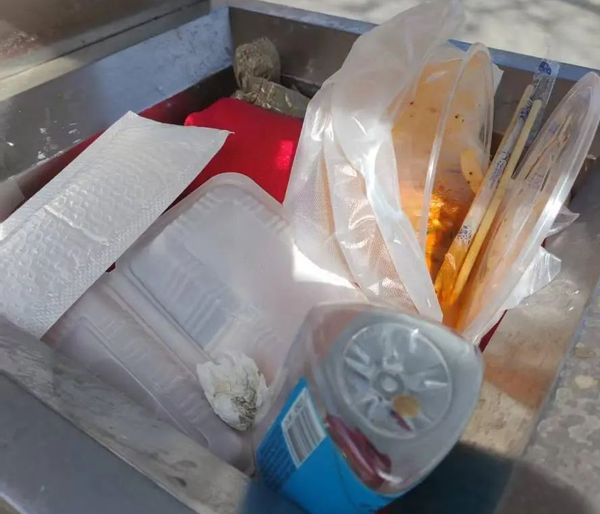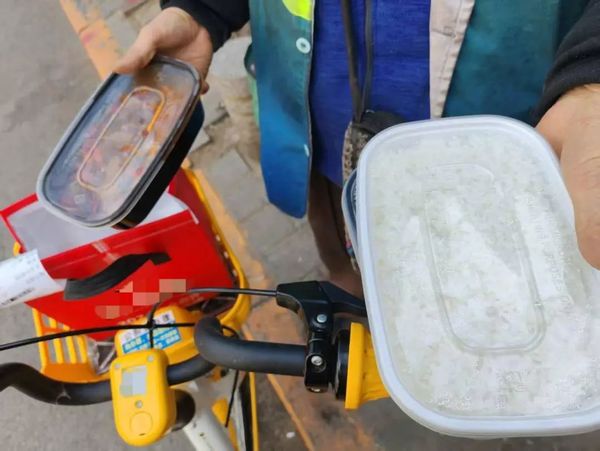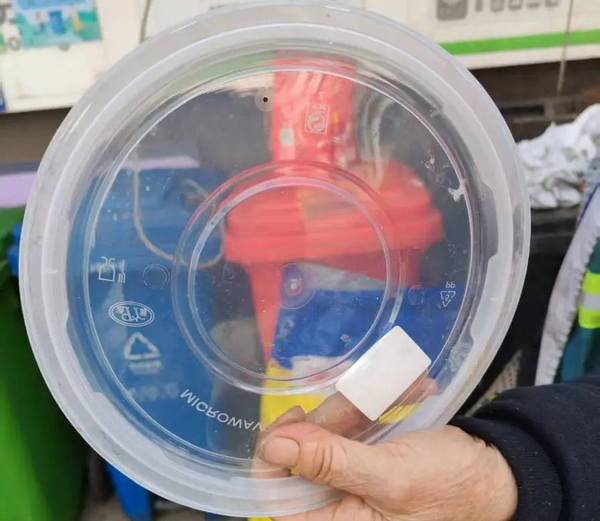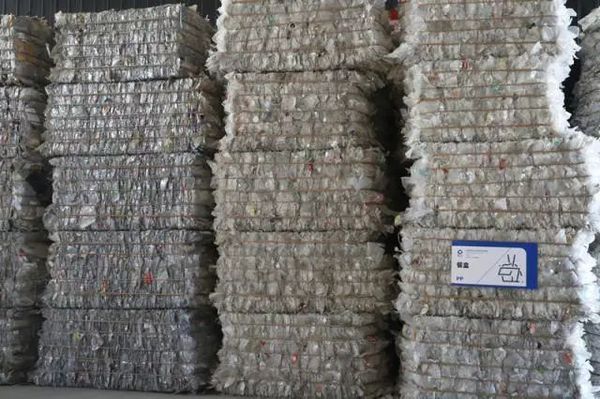Beijing's takeout boxes are piling up like mountains, with a daily consumption of thousands of tons, but only 5% are recycled! Who is wasting our environmental efforts?
At 3 p.m. in a Beijing office building's garbage station, sorters sift through piles of black garbage bags in search of recyclables. Mineral water bottles and aluminum cans have become "rare commodities," while plastic lunch boxes, which occupy 90% of the space, are largely ignored. Despite being labeled as "recyclable," 95% of these lunch boxes end up being incinerated or landfilled. Behind these startling figures, an environmental battle against food delivery waste is unfolding…

Shocking: The "Plastic Mountain" After Lunch in Office Buildings
"Every noon, the trash cans are magically full!" Aunt Li, a cleaner, shakes her head at the piles of takeout packaging. The plastic army composed of boxes, cups, spoons, and forks occupies the office building trash cans at a speed of dozens per minute. According to Meituan data: In 2023, the national takeout orders generated 1.427 million tons of plastic packaging, equivalent to 3,900 tons of plastic waste entering cities every day - and this is just the figure from a single platform.
What's even more heartbreaking is the frequent sight of untouched luxurious takeout. 'A 100-yuan Hunan cuisine set, thrown away without even opening the lid.' This double blow of food waste and plastic pollution is unfolding in every corner of the city.

Broken Recycling Chain: Strangled by Leftovers and Costs
1. The dilemma of low value:
"Collecting a sack of lunch boxes only earns 1 yuan," said Liu, a sorting worker, revealing the harsh reality. Compared to aluminum cans (1.5 yuan/jin) and PET bottles (0.8 yuan/jin), PP lunch boxes fetch only 0.3 yuan/jin. The transportation cost is shockingly high: 1 ton of lunch boxes occupies 10 cubic meters of space, while the same weight of waste paper takes up only 3 cubic meters.
2. Cleaning Dilemma:
At the Aifenlei Sorting Center in Changping District, workers are sorting food containers on the assembly line. "Those with oil stains are directly rejected, dyed containers are unwanted, and labeled ones require manual peeling," said founder Xu Yuanhong, admitting that 90% of food containers are rejected due to being unwashed. The experience of Old Zhang in the residential building is more representative: "Young people just toss them with the soup and all—we don’t want to deal with the stinky mess!"

Breaker: When Lunch Boxes Become T-Shirts and Car Parts
At the recycling plant in Fali Bridge, Beijing, witness the rebirth of plastic:
→ Transparent PP food container →破碎清洗 → 熔融造粒 → Automotive bumper material → PET food container → Spinning process → Eco-friendly T-shirt fabric
Love for Sorting has recycled 756 tons of meal boxes in 6 years, manufacturing 200,000 regenerative products. However, compared to the millions of tons of plastic waste generated annually by food delivery services, this is still a drop in the bucket.

Key technological breakthroughs:
-
New photoelectric sorting equipment can identify the material of colored food containers.
-
Bio-enzymatic technology breaks down oil stains in 5 minutes
-
"Restaurant box recycling ATM machine" appears in the community, cash back upon delivery.
National Action Guide: How Your Small Efforts Can Make a Difference
Must-see for office workers:
-
Wipe the lunchbox with a tissue after lunch (no need to wash with water).
-
Tear off the labels, separate the box (separate different materials)
-
Package separately and dispose in the 'low-value recyclables' bin.
Household Tips:
-
Transformed lunch box: seedling tray/storage box/cat food bowl
-
Join the 'Green Account' to accumulate points and exchange them for recycled products.
Corporate Responsibility:
-
Restaurant sets up dishwashing area
-
The food delivery platform has introduced an 'Eco-Friendly Order' option (discount of 2 yuan for bringing your own container).
The Future Battle: Dual Breakthroughs in Policy and Technology
Beijing has piloted "special recycling of meal boxes" in 46 communities, where residents can receive a reward of 0.5 yuan for every kilogram of meal boxes recycled through an intelligent weighing system. The "White Paper on Plastic Recycling" shows:
Every ton of recycled takeout boxes = reduction of 1.8 tons of CO₂
Recycled plastic saves 70% more energy than virgin material.
Experts call for the urgent establishment of a "Producer Responsibility Extension System," requiring food delivery platforms to pay an environmental processing fee of 0.1 yuan for each takeout box. If the policy is implemented, it could raise 1.4 billion yuan in environmental funds annually, completely revitalizing the recycling industry chain.
Conclusion:
As we enjoy the convenience of a 30-minute delivery, the Earth is paying a heavy price for this 'instant gratification.' Starting today, if we take an additional 30 seconds to properly dispose of each meal box, perhaps we could prevent a mountain of plastic from forming on Mount Everest. After all, true environmental protection lies in the action we take after putting down the chopsticks from our takeaway meal.
【Copyright and Disclaimer】The above information is collected and organized by PlastMatch. The copyright belongs to the original author. This article is reprinted for the purpose of providing more information, and it does not imply that PlastMatch endorses the views expressed in the article or guarantees its accuracy. If there are any errors in the source attribution or if your legitimate rights have been infringed, please contact us, and we will promptly correct or remove the content. If other media, websites, or individuals use the aforementioned content, they must clearly indicate the original source and origin of the work and assume legal responsibility on their own.
Most Popular
-

Mexico officially imposes tariffs on 1,400 chinese products, with rates up to 50%
-

Brazil Imposes Five-Year Anti-Dumping Duty of Up to $1,267.74 Per Ton on Titanium Dioxide From China
-

MOFCOM Spokesperson Answers Questions from Reporters on China-U.S. Kuala Lumpur Trade Consultations Joint Arrangement
-

"Golden October" Weak, Polyethylene Prices Hit New Low of the Year in October
-

List Released! Mexico Announces 50% Tariff On 1,371 China Product Categories






